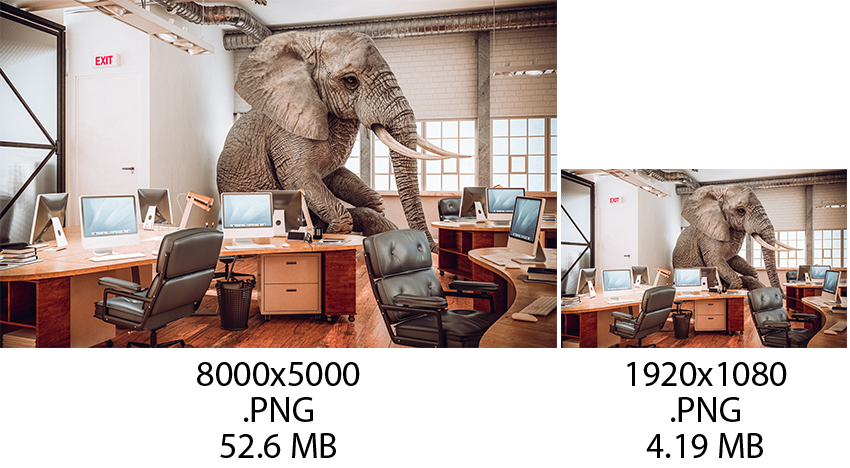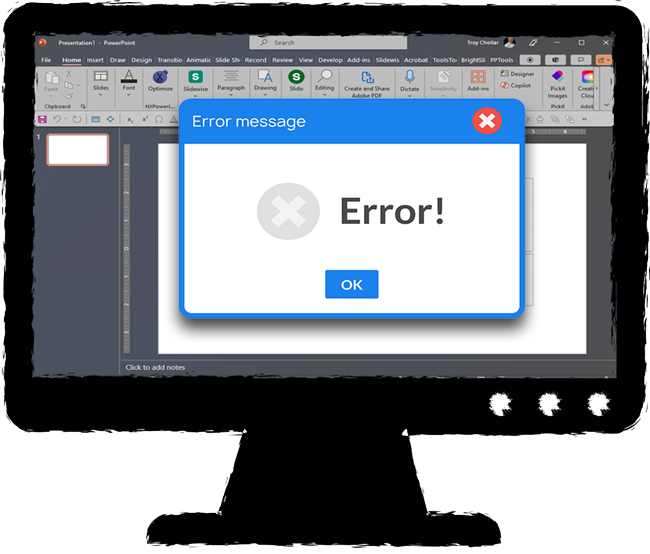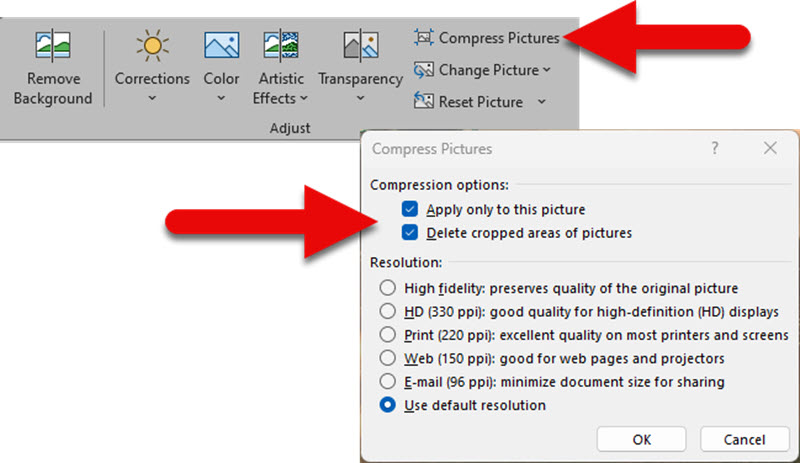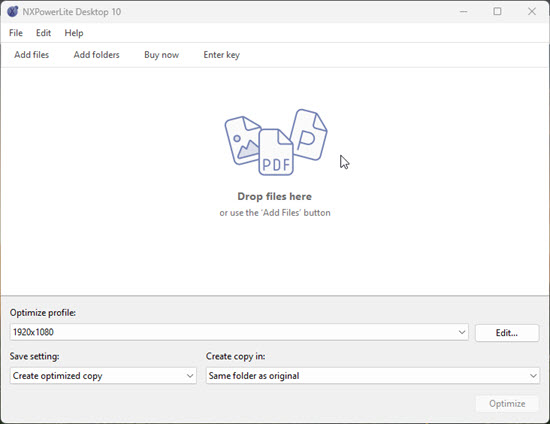Presentation files sizes can be large. They can be massive. But not all large files need images that are overly large. Often the bloated PowerPoint file size is from images that are too large (aka Massive Images) for what is needed. Because bigger is not always better.

As example. If the presentation is being shown on a 1920×1080 pixel (“HD”) screen, it does not need 8000 pixel wide images. Technically PowerPoint uses 96 DPI, most everything is based on 72 DPI, and the TLC standard is to work at 150 DPI. But inserting “print resolution” 300 or 600 DPI images is not going to project better than an optimized image, it just make the file size larger than it needs to be.

Large PowerPoint file size takes longer to open, longer to save, and depending on the computer specs, those large images can affect PowerPoint’s performance, especially with animations and slide transitions. Motion glitches, animation lag, slide advance lag, all the way to PowerPoint freezing or crashing are real concerns from large file size created by massive images.

SOLUTIONS
At TLC Creative, we are not fond of Microsoft PowerPoint’s native image compression tool. In general we find it does less than our preferred third-party solution (see below), overly compresses images to the point of visual quality loss, and is a clunky interface.

Neupower’s NXPowerlite add-in is our go-to solution for optimizing images in a presentation. TIP: setup customized compression preset profiles for tailored results.

There are many options and hacks for updating a Microsoft PowerPoint presentation with optimized images. The key is to have optimized presentations with images optimized for the intended use. Our presentation projects vary and our optimization (eg. NXPowerlite profile) varies to match. The above example is an HD, 1920×1080, presentation, which is probably the most common presentation need. But another presentation project was a presentation that spanned 3 LED walls and was 8448×1024 px for the PowerPoint. Different optimize needs for each project, but we can assure that each presentation included only optimized images to avoid massive presentation files.
Troy @ TLC
